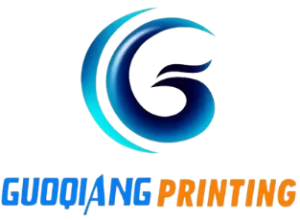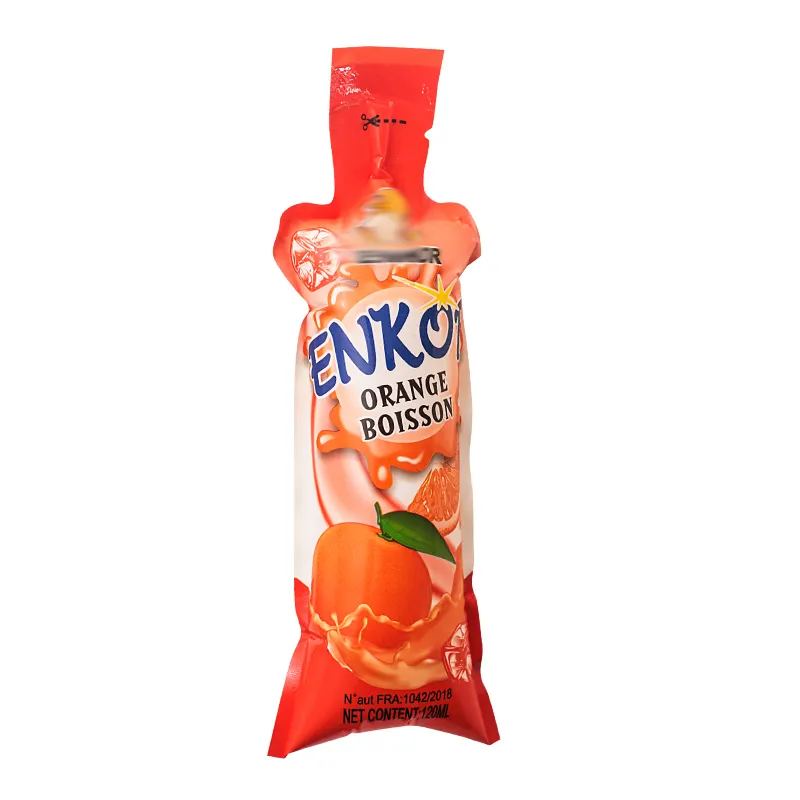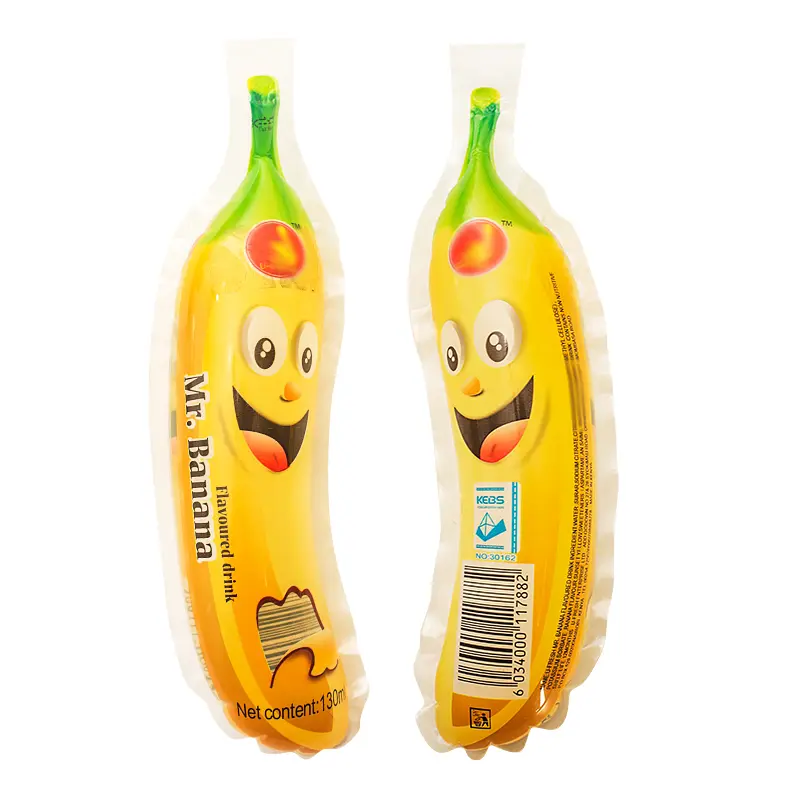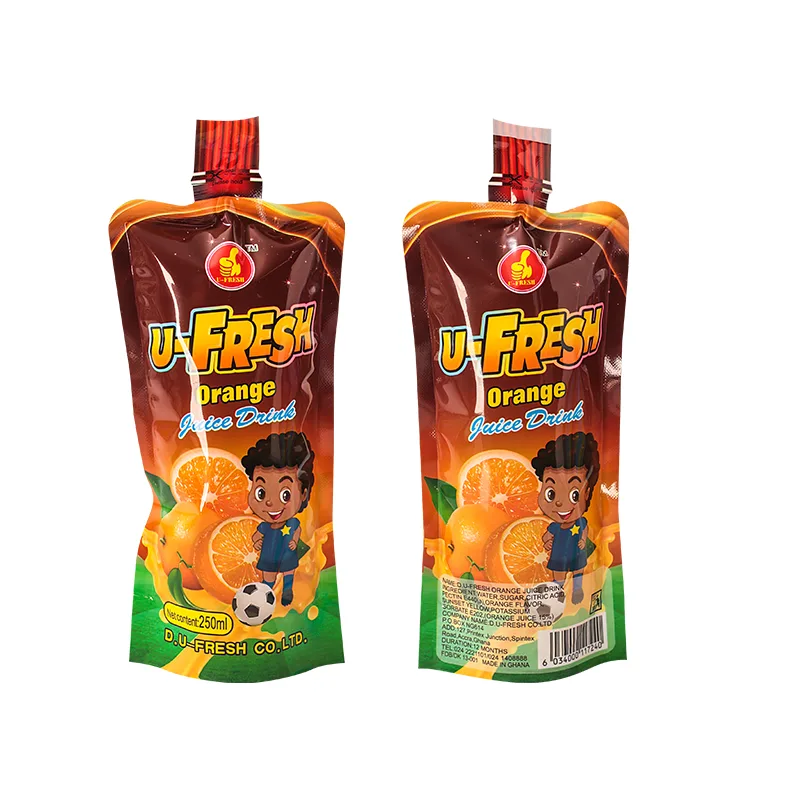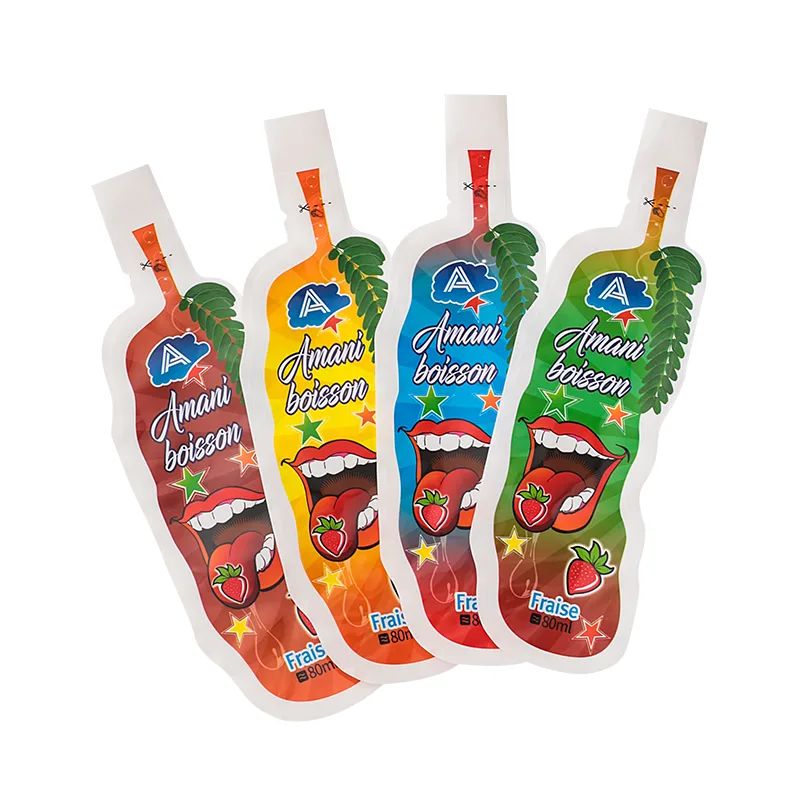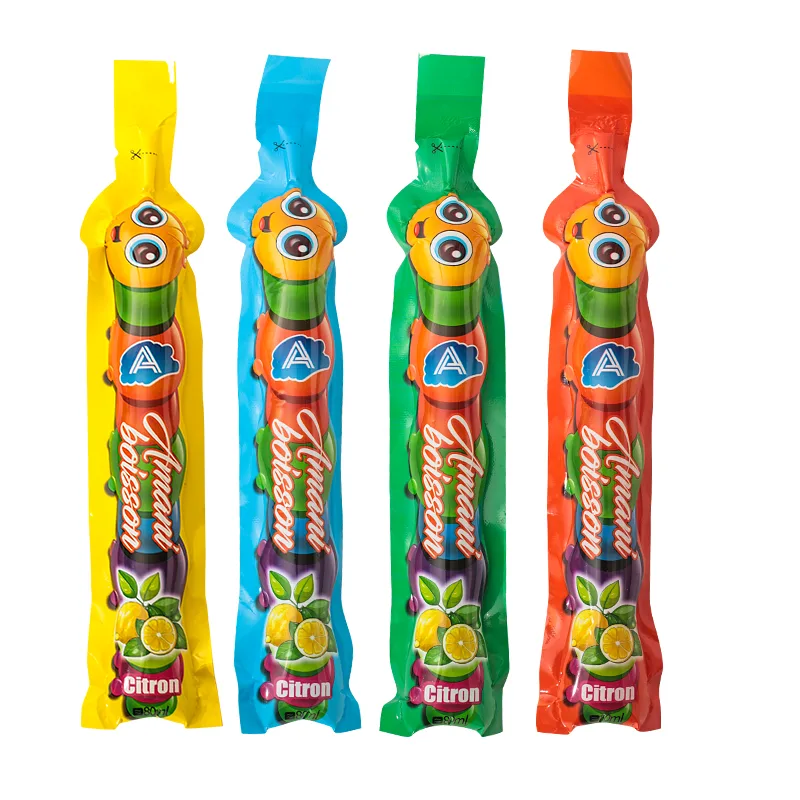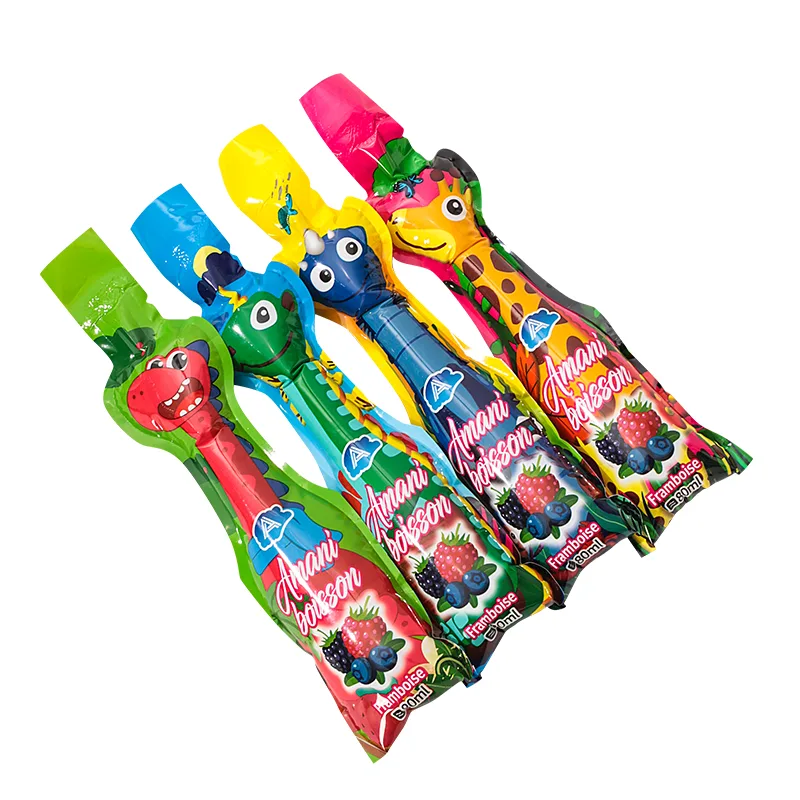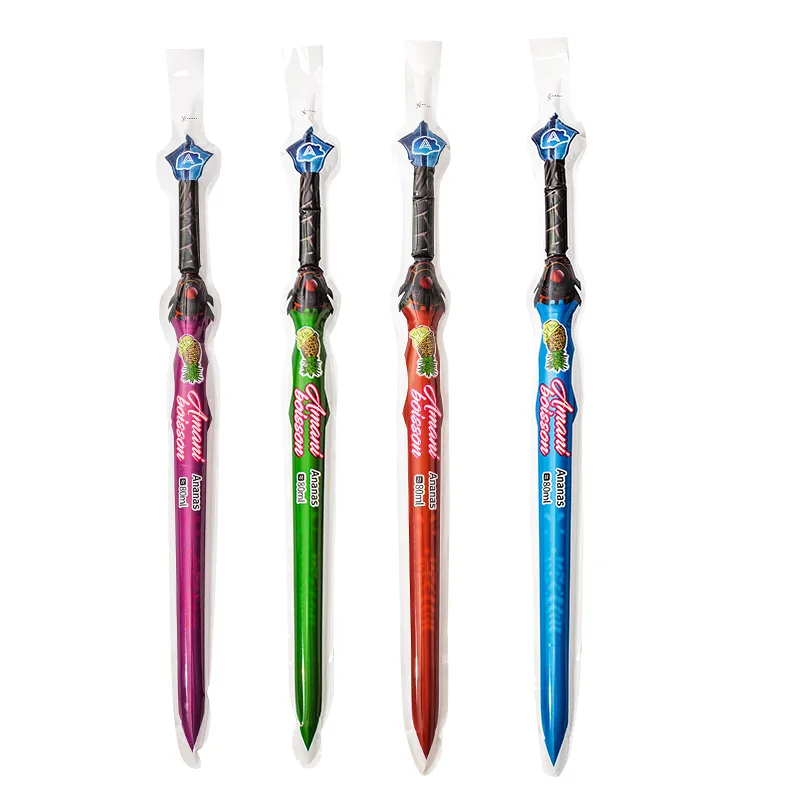Liquid packaging has evolved beyond single-serve pouches and bottle replacements. One of the most useful developments for foodservice and industrial beverage systems is the beverage injection bag — a flexible, sealed liquid bag engineered for hygienic filling, safe storage, and precise dispensing through an injection port.
In this article, GQ Pack, a professional beverage flexible packaging manufacturer, explains what a beverage injection bag is, the common materials used, where it’s applied, and why brands and operators increasingly prefer this format.
Definition of Beverage Injection Bag
A beverage injection bag is a multi-layer flexible bag designed to hold liquids (concentrates, syrups, ready-to-drink beverages, dairy bases, and sauces) and deliver them cleanly into dispensing or processing equipment via a dedicated injection port or nozzle. Key attributes:
- Designed for injection filling and hygienic dispensing (quick-connect fittings, spouts, or valve ports).
- Constructed as a laminated rollstock converted into a sealed bag with a reinforced port area.
- It can be produced for ambient, refrigerated, or aseptic applications depending on the laminate and filling method.
Unlike consumer pouches, injection bags are optimized for trade/OEM use (vending, coffee machines, beverage dispensers, catering lines) where a direct, sanitary fluid transfer is required.
Material Portfolio — Layers and Their Functions
A typical beverage injection bag is a laminated composite where each layer serves a function: strength, barrier, sealability, or product contact. Common components:
- Outer structural layer (PET / PETG / PA): Provides mechanical strength, printability, and resistance to handling. PET is widely used for its dimensional stability.
- Mechanical / puncture layer (PA / Nylon): Improves puncture and tear resistance — important for bags that will be handled or transported.
- Barrier layer (EVOH / VMPET / Aluminum foil): Controls oxygen and aroma ingress/egress. EVOH offers excellent oxygen barrier when sandwiched, metallized PET or foil gives long ambient shelf life.
- Inner sealant / product-contact layer (PE / CPP): Polyethylene (PE) or cast polypropylene (CPP) provides a safe, heat-sealable surface and chemical compatibility with beverages.
- Adhesive/tie layers: Bond incompatible polymers into a stable laminate.
- Optional coatings: Sol-gel or thin inorganic coatings can improve the gas barrier without adding heavy metallization.
The port or injection area is normally reinforced with an extra PET or PA patch and a reliable sealant interface so connectors can be welded or heat-sealed without leakage.
How They’re Filled and Used
Beverage injection bag filling is typically done via:
- Aseptic filling lines for long shelf-life, shelf-stable concentrates, or sterile dairy bases.
- Cold-fill lines with hygienic connectors for refrigerated products that need to keep fresh in low temperatures.
- Vacuum/pressure filling to minimize headspace and control foaming for carbonates or concentrates. This is particularly important for carbonated beverages or highly concentrated liquids. This is because for carbonated beverages, pressure is required to maintain a bubbly sensation and ensure precise filling volume; For highly concentrated solutions, a vacuum is required to remove oxygen to prevent oxidation and deterioration.
Once filled, the bag is sealed and fitted with a connector (quick-disconnect, luer, or proprietary nozzle). In use, the bag is clipped into a dispenser or machine; the connector is engaged, and the product is dispensed by gravity, pump, or pressure.
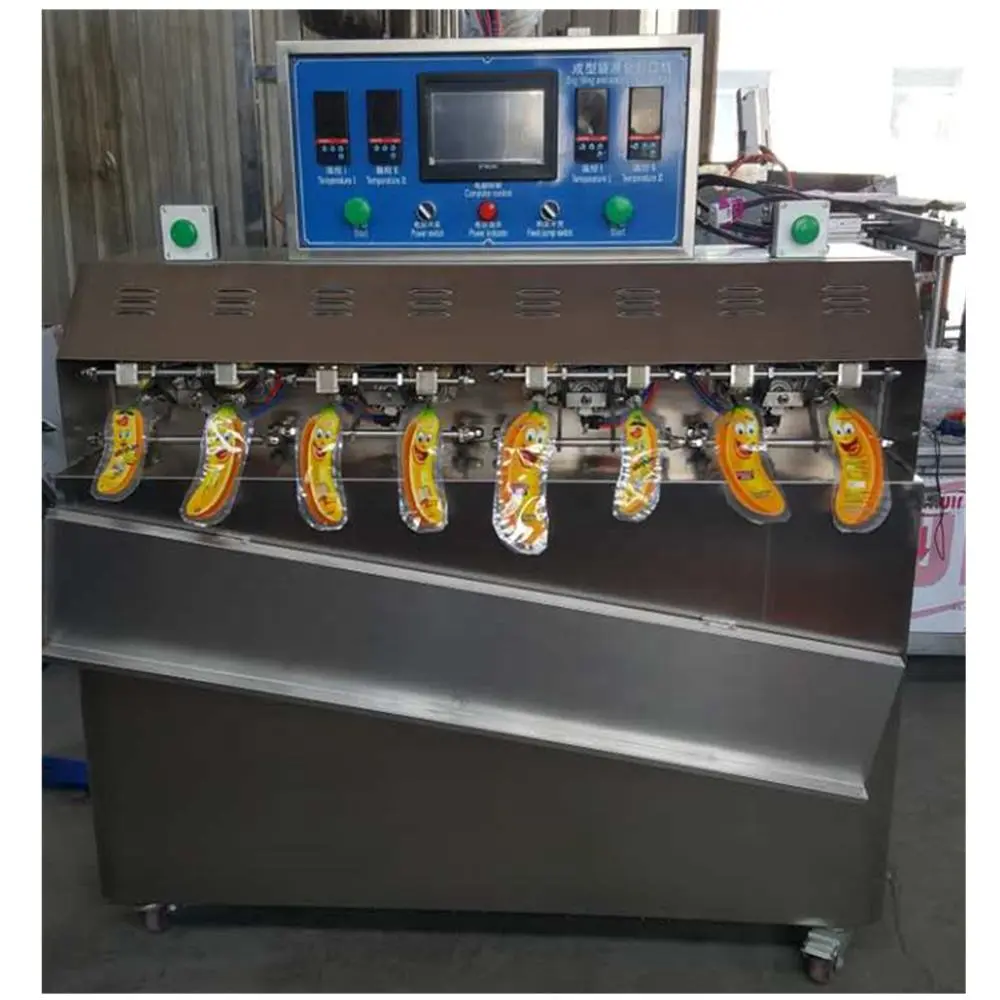
Applications — Where Injection Bags Add Value
The format fits a range of commercial and industrial use-cases:
- Syrups and concentrates for vending machines, cafés, and bars (simple loading and hygienic dispensing).
- Ready-to-dispense beverages in hotels, restaurants, where bulk dosing into dispensers reduces waste and labor.
- Dairy & plant-based bases for automated latte/cappuccino machines and food-service lines — especially when aseptic filling extends shelf life without preservatives.
- Bag-in-box / bag-in-drawer systems for large-scale beverage dispensing and back-of-house inventory efficiency.
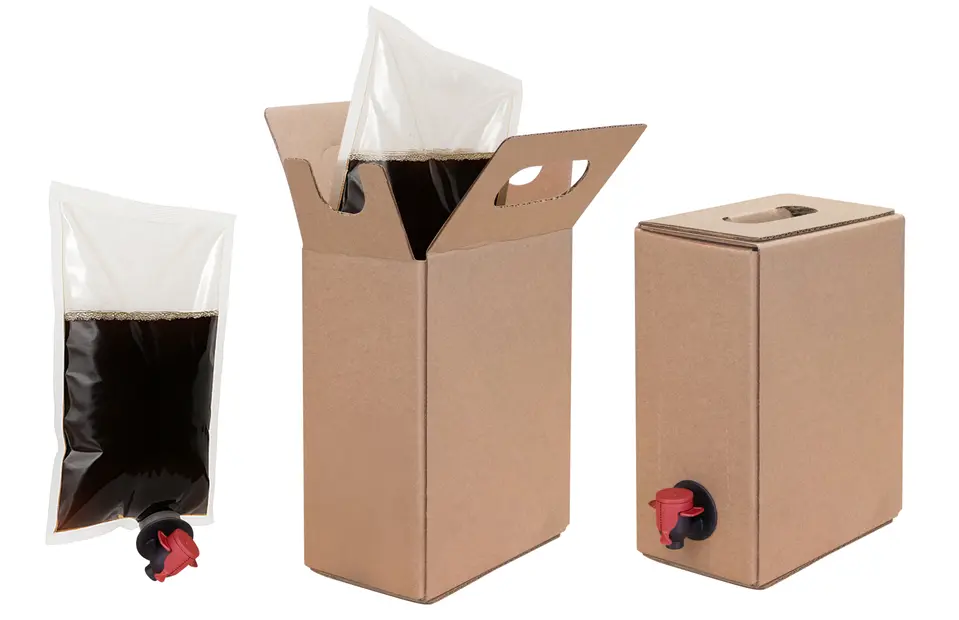
Advantages — Why Brands and Operators Choose Injection Bags
- Hygiene & contamination control: sealed bags with hygienic connectors reduce cross-contamination risk versus refillable tanks or open bottles.
- Space & weight savings: flexible bags pack flat when empty and cut transport/warehouse volume compared to bottles or drums.
- Accurate dosing & less waste: connector systems and pump integration reduce spillage and product loss.
- Aseptic capability: enables shelf-stable products without heavy preservatives or a cold chain, where appropriate.
- Reduced CAPEX for operators: bag systems simplify installation versus complex bulk tanks and CIP systems.
Considerations & Future Trends
Recyclability: multi-layer laminates and aseptic barriers complicate recycling; mono-material or recyclable laminate technologies are emerging, but must be balanced with barrier needs.
Connector standardization: industry movement toward standardized quick-connects would simplify OEM integration.
Smart packs: RFID/NFC for inventory tracking and batch traceability are growing in automated systems.
Mono-material high-barrier films and thin inorganic coatings may unlock more recyclable beverage injection bag designs in the near term.
Conclusion
A beverage injection bag is a practical, sanitary, and space-efficient solution for dispensing liquids in commercial and industrial settings. By selecting the right laminate build and filling method, brands and operators can gain hygiene, cost, and logistics advantages while meeting product protection requirements. As barrier and recycling technologies improve, expect injection bag systems to play an even larger role in flexible liquid packaging.
About GQ Pack
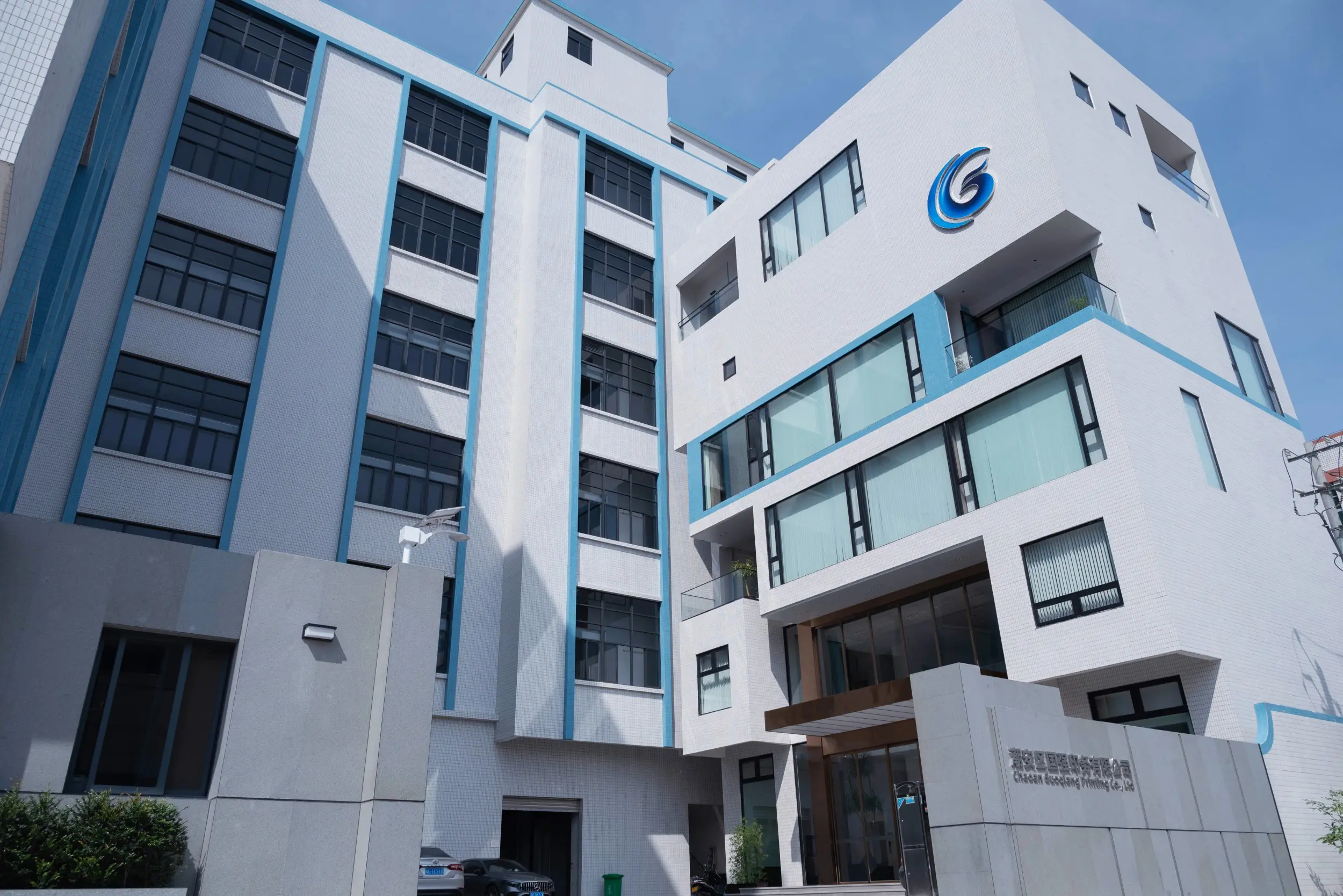
GQ Pack is recognized as a professional custom flexible packaging manufacturer that owns an expert team that can make recommendations to you for your specified products.
Our product line is at a fast pace, which enhances our supply capacity. Within a strict QA and QC plan, our yield rate is above the industry standard. Therefore, a custom beverage flexible packaging solution is fully supported in GQ Pack. Contact us for more information about your special customization.
